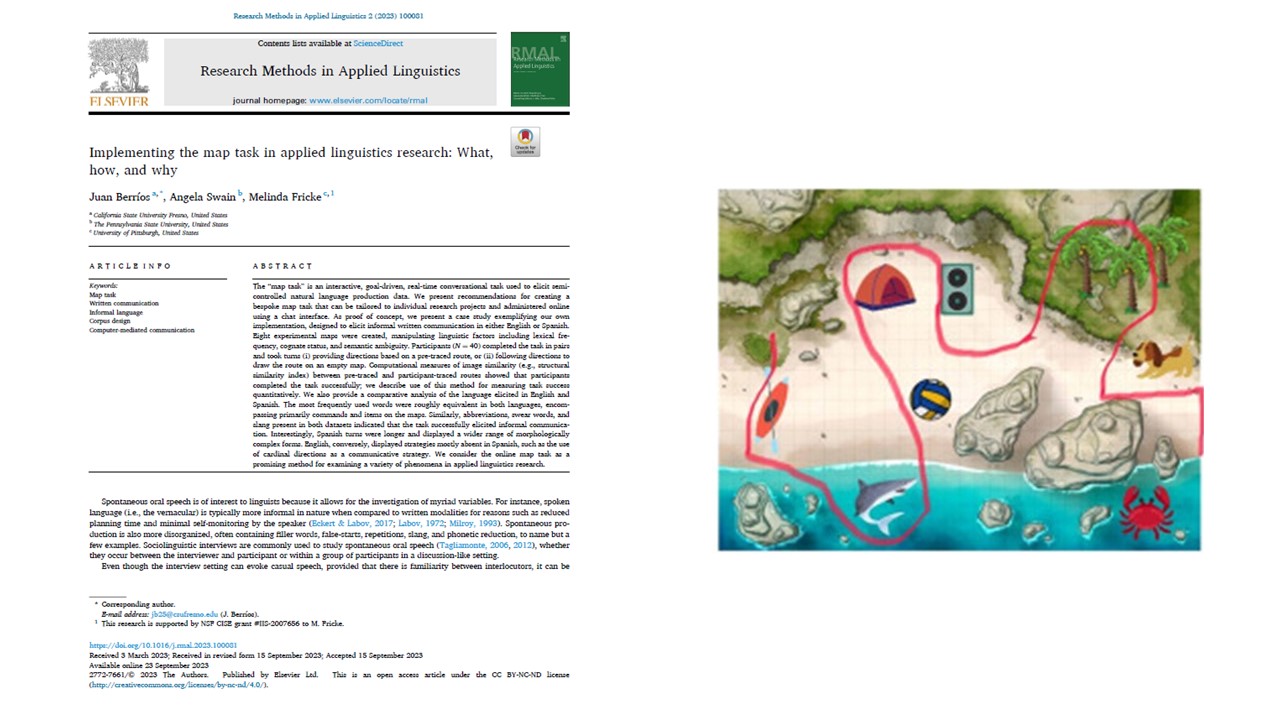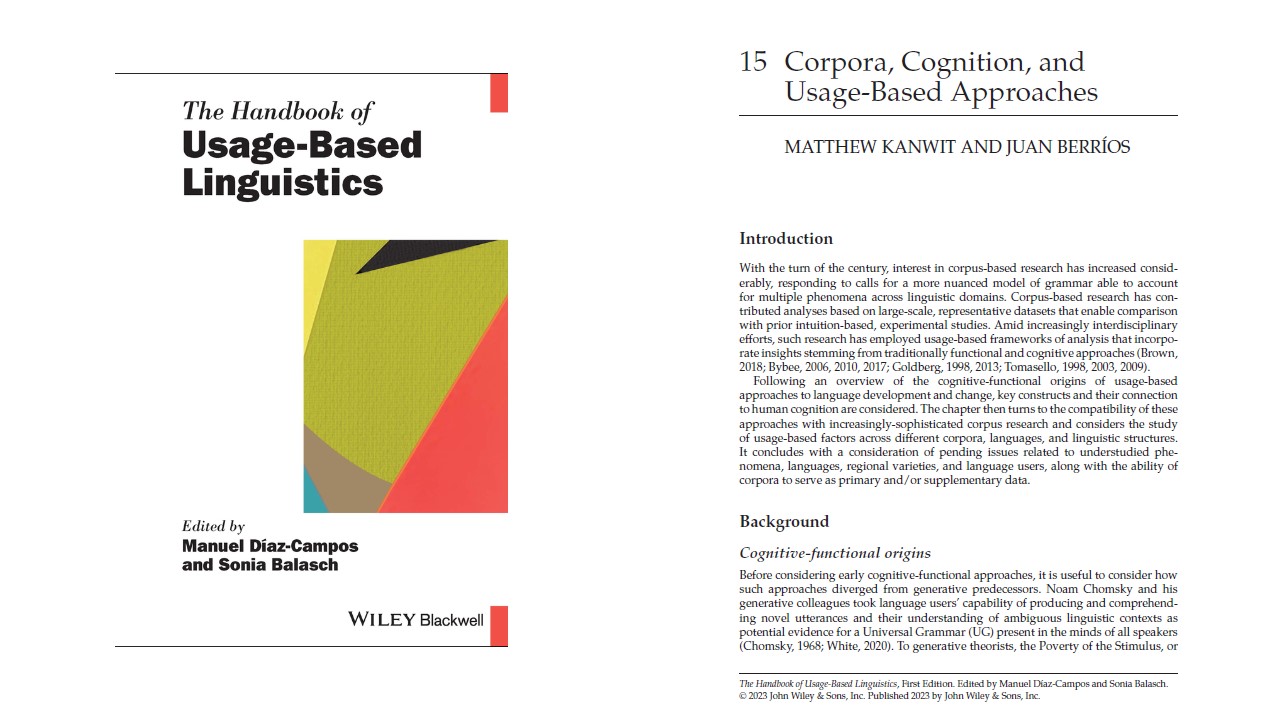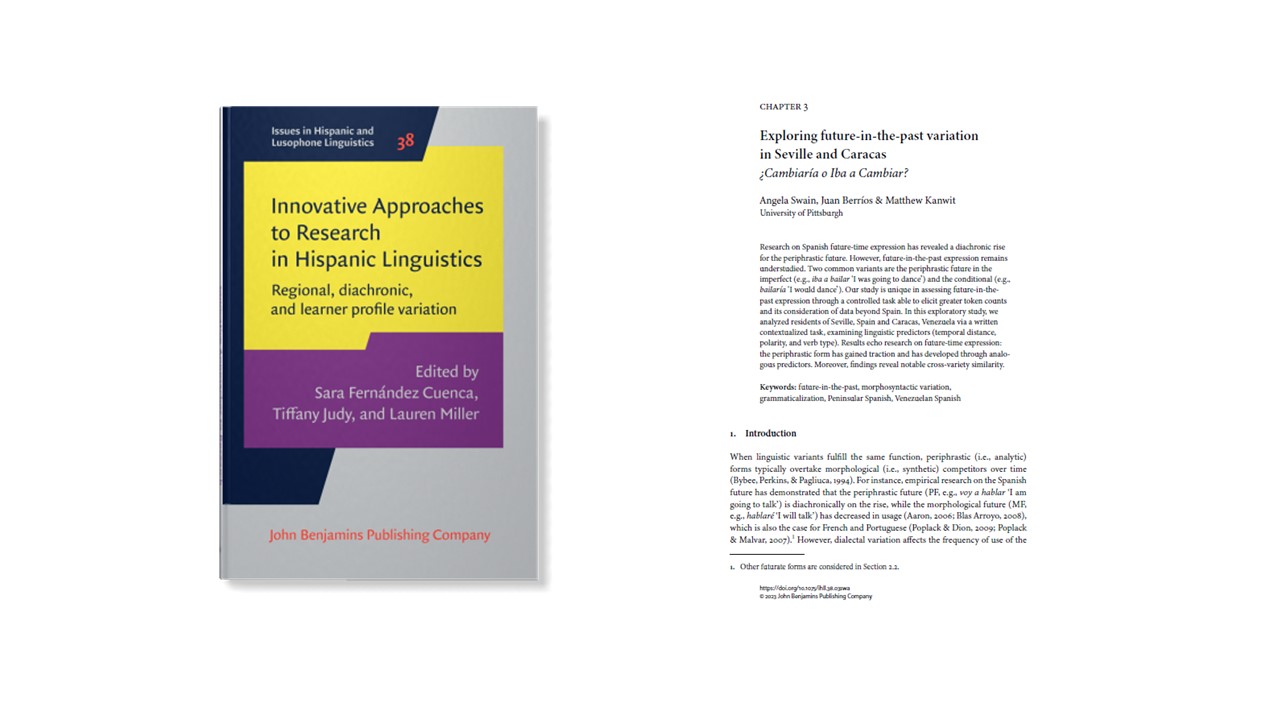
Multiple progressive constructions in L2 Spanish
In this project we investigated allowance of five common lexical bases used to form Spanish progressive constructions (estar, andar, ir, venir, and seguir) among speakers of L2 Spanish. We found that estar was the most frequent response in a contextualized acceptability task, and learners allowed all five lexical bases from the lowest proficiency level. The study was published in the Research at the Intersection of Second Language Acquisition and Sociolinguistics volume, in honor of Kimberly L. Geeslin. We will present the results of a production task, providing support for the differential effect of lexical aspect, at the upcoming Hispaninc Linguistics Symposium in Tucson, AZ.




